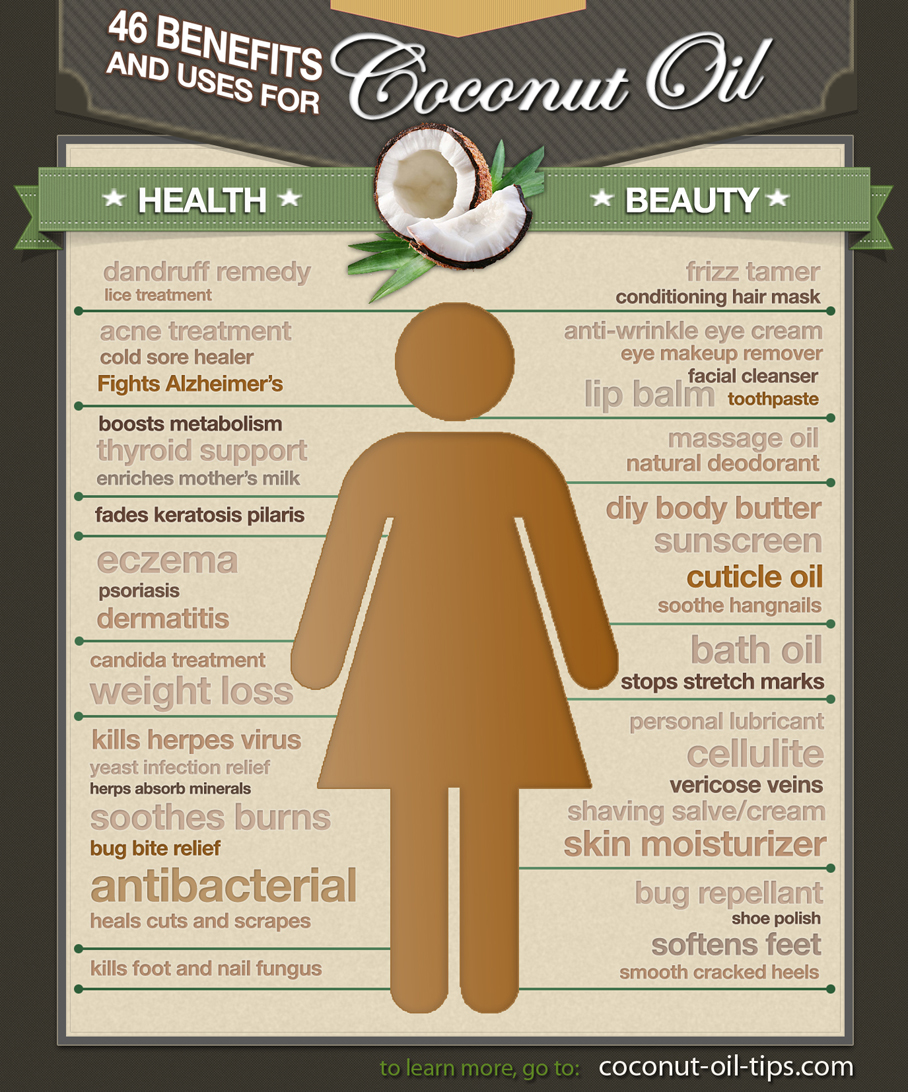This little nasty was one of the first chemicals that I black-listed back in the early days. Thankfully, clean-conscious product companies are clearly labelling this one, so it is easy to recognise when it has been excluded (or when it’s included if you look carefully).
So lets get down to business beauties.
Ever noticed how your shampoos or body washes get that fun foaminess to them? All that foaminess comes from our friends Sodium Lauryl and Laureth Sulphate.
Nasty? why you say?
Unfortunately, loosing this little ingredient might take some fun out of your bath or shower, however, it is going to save you from some potentially harmful side-effects and long-term issues. Sodium laureth and sodium lauryl sulfate (SLS) are foaming agents that are known to cause skin and eye irritations and to add to this, the concentration of SLS is not regulated so reactions can vary.
It has also been widely reported in the media, that Sodium Laureth Sulphate (SLES) is a carcinogenic substance (cancer-causing) because of cross-contamination in the manufacturing process with the highly toxic ethylene oxide and 1,4-dioxane – petroleum-based products. Although we are yet to find hard evidence to prove this, I would rather not take any chances. In addition, it has also been reported that when SLS enters the body through our skin, it mimics the activity of Oestrogen in our bodies. This can spur on a whole host of issues including PMS, decreased fertility in men and women and breast cancer.
We also suggest you keep an eye out for Sodium Lauryl Sulfoacetate a new player on the market. It is being used as a substitution for SLS because it performs in a similar way. Early evidence has shown that it also has similar side effects for the skin and eyes, as well as moderate toxicity for fish and aquatic life and is non-biodegradable.
Where to watch out for our toxic little friend?
SLS and SLES is prolifically used worldwide in the formulation of Shampoo, body wash, toothpaste, soaps – it is everywhere if you look carefully.
Making the conscious choice
A few simple tips to get you on your way (and not leave you staring at the beauty isle for hours!)
- Consider where the product is manufactured, we always encourage going local where possible. Smaller manufacturers give you the opportunity to easily connect directly with them for feedback.
- Choose manufacturers that stand by quality.
- Can you pronounce the names of the ingredients? and remember, if there is one nasty chemical there are sure to be more.
- Be mindful of the overuse of words such as ‘organic’ and ‘natural’, look for recognised certification labeling.
- Find brands you trust, and stick to them.
Resources:




